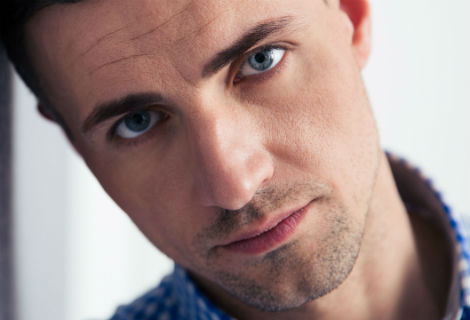
According to the National Institute of Justice website, a large majority of incarcerated adult sex offenders will someday return to the community, finding ways to treat, manage, and supervise these offenders is imperative (Schmucker and Lösel 2008). One approach is to provide treatment for sex offenders. The main goal of sex offender treatment is to reduce the risk of recidivism for this offender population. A variety of offenders fall within the sex offender category, some of whom are rapists, child molesters, incest offenders, pedophiles, and cyber offenders (Robertiello and Terry 2007).
Program Components
Sex offender treatment programs are based on a variety of methods, some of which are cognitive–behavioral methods, classical behavioral, insight oriented, hormonal medication, medical castration, therapeutic communities, faith-based treatment, and intensive supervision (Kirsch and Becker 2006).
Cognitive–Behavioral Therapy
Cognitive–behavioral therapy (CBT) is usually conducted in a group therapy setting and involves addressing the irrational thoughts and beliefs of offenders that lead them to engage in antisocial behaviors (Aos et al. 2006). CBT programs include elements that seek to help offenders correct their deviant thoughts by practicing opportunities to model and engage in prosocial and problem-thinking skills and behaviors (Aos et al. 2006).
Psychotherapy/Counseling
Programs that fall into this category involve the use of insight-oriented therapy that can be done either individually or in a group setting (Aos et al. 2006). These programs usually take the form of traditional therapy practices such as talk therapy and exploring the underlying causes and thoughts related to offending behaviors. These programs and approaches can be general or sex offender specific.
The Sex Offender Treatment Program is a specialized, outpatient program that offers a comprehensive psychosexual evaluation and on-going individual, family, and group therapy. The therapists function as part of the larger containment team. Because referrals come primarily from the court system, staff work closely with probation and parole staff and report to the court as needed. Family involvement in the treatment process is strongly encouraged.
Our psychosexual evaluations are comprehensive and take into account the client’s life experiences and strengths. Our model emphasizes the importance of keeping families involved and safe.
Other programs available, click each program for more information.
| Sex Offender Program | Adult Sex Offender Services | Children & Youth Sex Offender Services |
| Sexual Impulse Disorder Residential Program |
||
References
Day, Andrew, Christina Kozar, and Linda Davey. 2013. “Treatment Approaches and Offending Behavior Programs: Some Critical Issues.” Aggression and Violent Behavior 18(6):630–35.
Hanson, R. Karl, Arthur Gordon, Andrew J.R. Harris, Janice K. Marques, William Murphy, Vernon L. Quinsey, and Michael C. Ceto. 2002. “First Report of the Collaborative Outcome Data Project on the Effectiveness of Psychological Treatment for Sex Offenders.” Sexual Abuse: A Journal of Research and Treatment 14(2):169–94.
Kirsch, Laura G., and Judith V. Becker. 2006. “Sexual Offending: Theory of Problem, Theory of Change, and Implications for Treatment Effectiveness”. Aggression and Violent Behavior 11:208–24.
Robertiello, Gina, and Karen J. Terry. 2007. “Can We Profile Sex Offenders? A Review of Sex Offender Typologies.” Aggression and Violent Behavior 12:508–18.
Schmucker, Martin, and Friedrich Lösel. 2008. “Does Sexual Offender Treatment Work? A Systematic Review of Outcome Evaluations.” Psicothema20(1):10–19.
